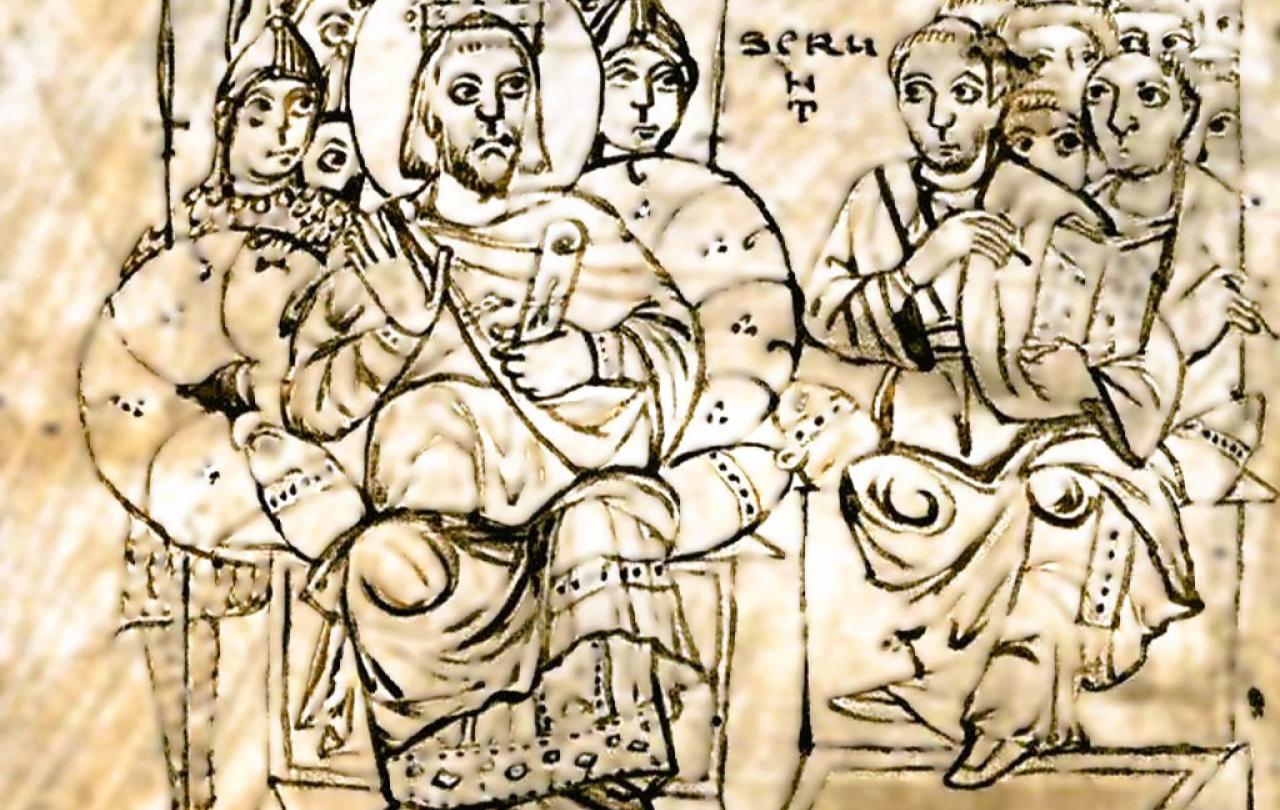
The bill introduced early in the new parliament to allow assisted dying in the UK raises many complex ethical, medical and practical questions. It is an emotive and vexed issue on all sides and raises strong feelings. We are told that the public mood has shifted since the last time such a bill came to parliament in 2015, in that the majority of the population now support assisted dying, and that a majority of MPs would back it too. However, the arguments around it have not always been understood, and will no doubt be rehearsed in a debate which is likely to continue over the coming months.
Christians do not all agree on assisted suicide, however it is probably true to say that many Christians in the UK have serious questions about the possibility of adopting it legally. For many Christians, this means that many vulnerable people will feel under pressure to end their lives before their time, and force an unfair choice upon them. It may lead to many lives palliative care which seems a much better approach to easing the suffering of those coming towards the end of that lives. It seems like a line that once crossed, will be hard to go back on.
Seen and Unseen is a website established in 2023 by the Centre for Cultural Witness based in Lambeth Palace. It seeks to offer Christian perspectives on a wide range of issues in contemporary life. Over recent months the site has published a number of articles relating to assisted suicide and some of them are reproduced here to give a range of resources for people thinking through the ethical and theological issues around assisted suicide. They are not the last word on the topic and do not cover all the arguments but hopefully they give a starting point for thinking about these issues. Our hope is that they can be used by many people, for example, clergy in preaching on the topic, sharing with others to stimulate debate and helping people understand the arguments against assisted suicide and to help Christians think through the ramifications of this step.
Download the e-book
Assisted Dying - S&U.pdf
1.02 MB





